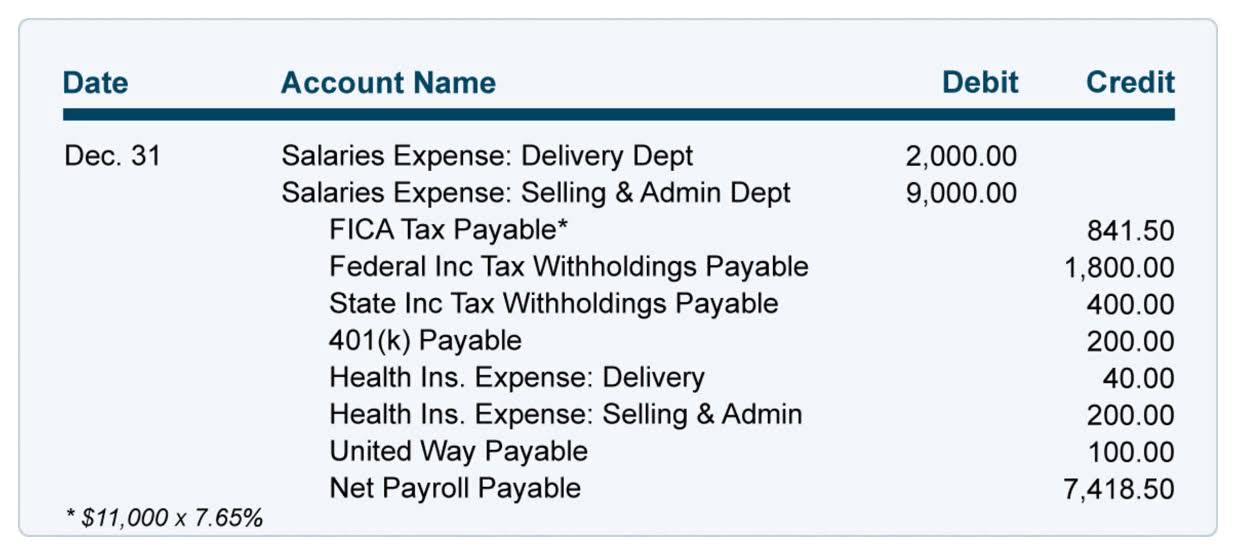Retained Earnings in Accounting and What They Can Tell You

Instead, they use retained earnings to invest more in their business growth. Retained earnings refer to the cumulative positive net income of a company after it accounts for dividends. You may use these earnings to further invest in the company or buy new equipment. You can also finance new products, pay debts, or pay stock or cash dividends. Most financial statements have an entire section for calculating retained earnings. But small business owners often place a retained earnings calculation on their income statement.
What are retained earnings? A guide for growing businesses
It is essential for businesses large and small to accurately keep track of their retained earnings, as well as their total assets and liabilities. A limited liability company (LLC) may have shareholders who are not liable for the company’s debt, but they are — as in a general partnership — still entitled to receive distributed profits. Any profits not distributed at the end of a fiscal year are considered retained earnings.
- It may be done, however, if management believes that it will help the stockholders accept the non-payment of dividends.
- Any probable and estimable contingencies must appear as liabilities or asset impairments rather than an appropriation of RE.
- It can demonstrate significant profitability and increased earnings to the analysts.
- In a sole proprietorship, the earnings are immediately available to the business owner unless the owner decides to keep the money for the business.
- Usually, the retained earnings statement is very simple and shows the calculations as described below in the next section.
A Beginner’s Guide to The Accounting Cycle

Other comprehensive income includes items not shown in the income statement but which affect a company’s book value of equity. Pensions and foreign exchange translations are examples of these transactions. The amount of profit the accumulated net amount of revenue less expenses and dividends is reflected in the balance of retained often provides insight into a company’s maturity. More mature companies generate more net income and give more to shareholders. Less mature companies need to retain more profit in shareholder’s equity for stability.
Reasons for Negative Shareholders’ Equity
The increase in retained earnings can be found by subtracting the $40,000 in dividend payments from the $100,000 in net income the company earned, which equals $60,000. Ways of describing negative retained earnings in the balance sheet are accumulated deficit, accumulated losses, or retained losses. Retained earnings, on the other hand, specifically refer to the portion of a company’s profits that remain within the business instead of being distributed to shareholders as dividends. Any item that impacts net income (or net loss) will impact the retained earnings. Such items include sales revenue, cost of goods sold (COGS), depreciation, and necessary operating expenses. The retained earnings are calculated by adding net income to (or subtracting net losses from) the previous term’s retained earnings and then subtracting any net dividend(s) paid to the shareholders.
Prolonged periods of declining sales, increased expenses, or unsuccessful business ventures can lead to negative retained earnings. Relying solely on retained earnings to evaluate a company’s financial health can be misleading. Other financial metrics, such as liquidity ratios, debt levels, and profitability margins, should also be considered in conjunction with retained earnings for a comprehensive analysis. Retained earnings are the cumulative net earnings or profit of a company after paying dividends. Retained earnings are the net earnings after dividends that are available for reinvestment back into the company or to pay down debt. Since they represent a company’s remainder of earnings not paid out in dividends, they are often referred to as retained surplus.
As a result, it is often referred to as the top-line number when describing a company’s financial performance. Since revenue is the income earned by a company, it is the income generated before the cost of goods sold (COGS), operating expenses, capital costs, and taxes are deducted. You need to know your beginning balance, net income, net loss, and dividends paid out to calculate retained earnings. Calculating these figures together using a specific formula provides a statement of retained earnings. The income statement will list a net income figure, which might seem to be the same as retained earnings – but it isn’t.
- However, a startup business may retain all of the company earnings to fund growth.
- When you’re able to produce more goods and services, you should be able to expand your company and increase profits.
- Retained Earnings are listed on a balance sheet under the shareholder’s equity section at the end of each accounting period.
- Net Income is the profit your company made during the current period after all expenses have been deducted from revenues.
- As a result, it is often referred to as the top-line number when describing a company’s financial performance.
As such, the statement of changes in equity is an explanatory statement. On one hand, high retained earnings could indicate financial strength since it demonstrates a track record of profitability in previous years. On the other hand, it could be indicative of a company that should consider paying more dividends to its shareholders. This, of course, depends on whether the company has been pursuing profitable growth opportunities.
Understanding Statement of Retained Earnings

If your business is small or young, it might seem that using retained earnings in this way makes complete sense – and you’d be right. What you do with retained earnings can mean the difference between business success and failure – especially if your business is aiming to grow. Stable companies might retain more earnings as a safeguard against economic downturns, while those with less risk may distribute more dividends. Businesses use this equity to fund expensive asset purchases, add a product line, or buy a competitor. Are you still wondering about calculating and interpreting retained earnings? Knowing the amount of retained earnings your business has can help with making decisions and obtaining financing.
Step 1 of 3
As the company loses ownership of its liquid assets in the form of cash dividends, it reduces the company’s asset value on the balance sheet, thereby impacting RE. Large dividend payments that have exhausted retained earnings or exceeded shareholders’ equity would produce a negative balance. Combined financial losses in subsequent periods following large dividend payments can also lead to a negative balance.
Retained earnings represent a useful link between the income statement and the balance sheet, as they are recorded under shareholders’ equity, which connects the two statements. This reinvestment into the company aims to achieve even more earnings in the future. Instead, the corporation likely used the cash to acquire additional assets in order to generate additional earnings for its stockholders. In some cases, the corporation will use the cash from the retained earnings to reduce its liabilities. As a result, it is difficult to identify exactly where the retained earnings are presently. It uses that revenue to pay expenses and, if the company sold enough goods, it earns a profit.
